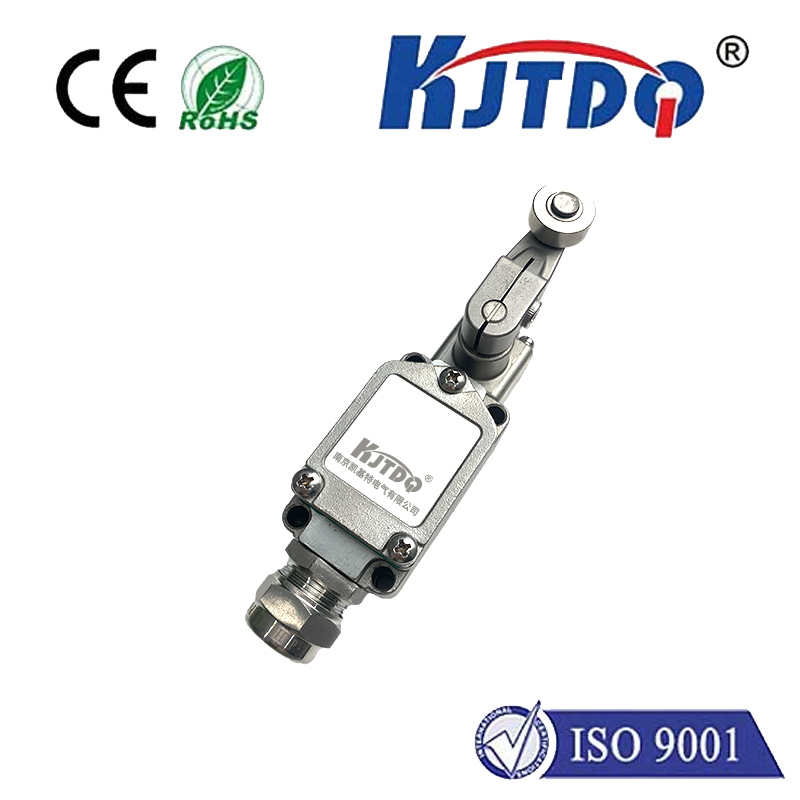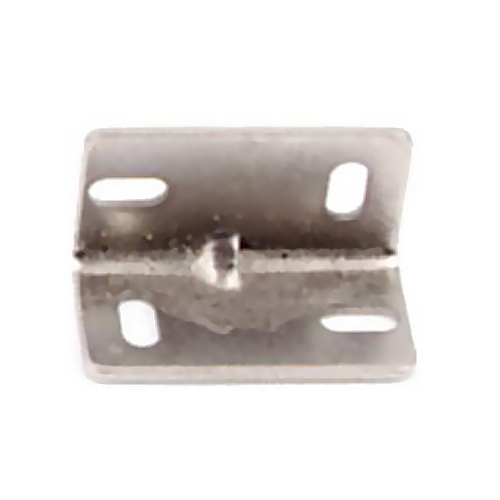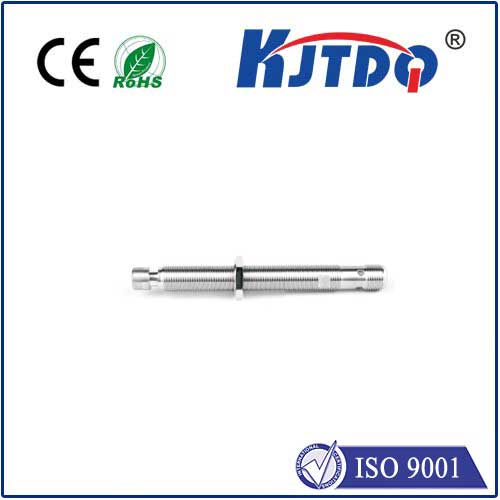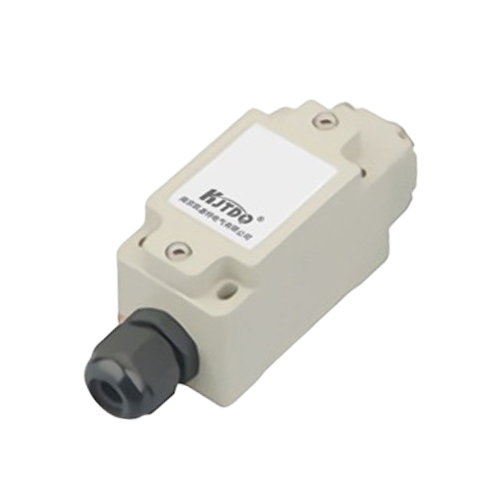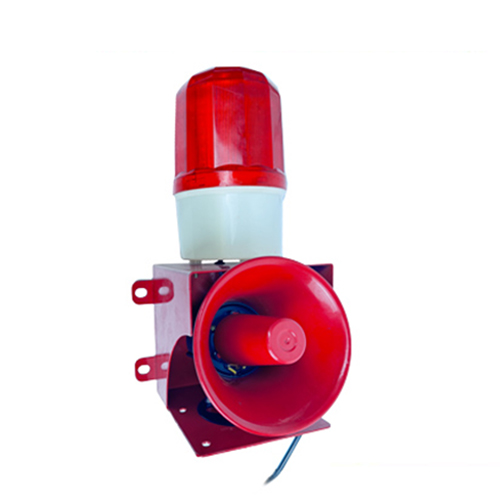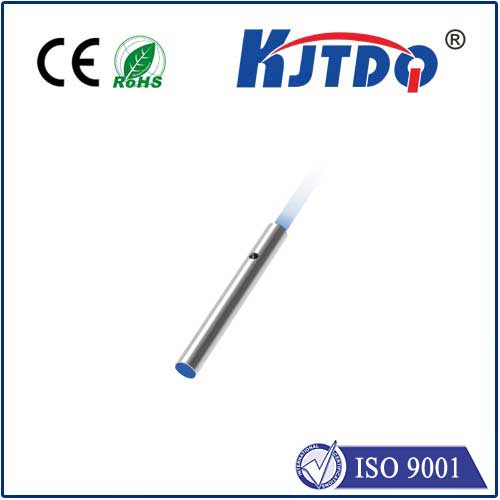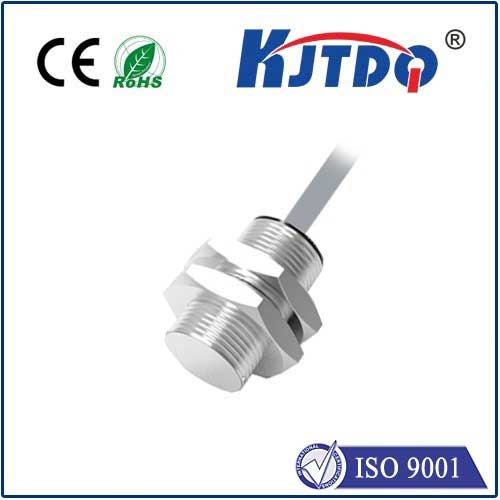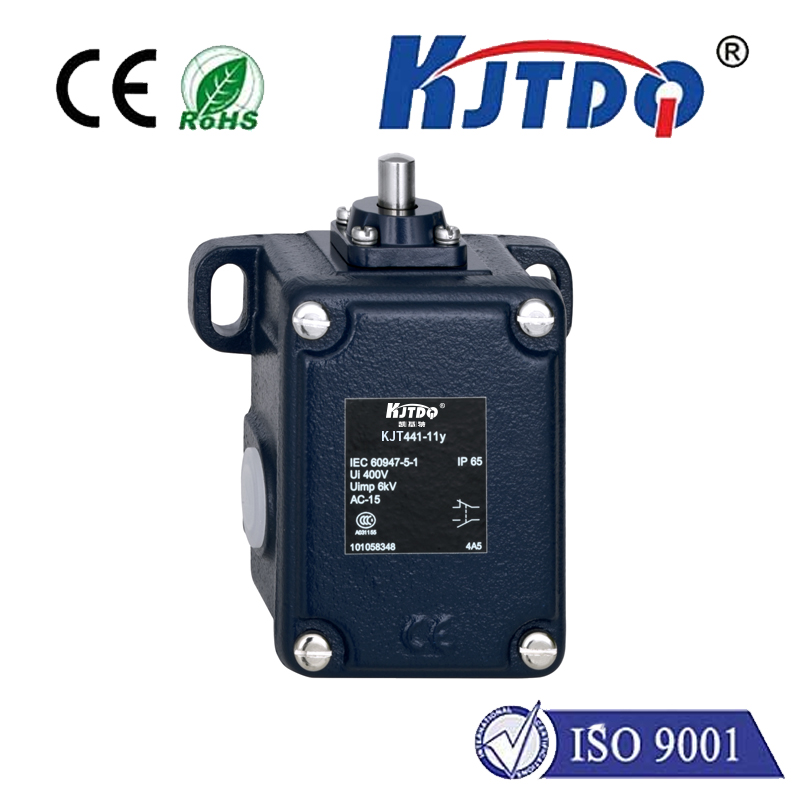

check

check

check

check

check

check

check

check

check

check
Introduction:
In today's fast-paced world, vehicles have become an essential part of our daily lives. They offer convenience, comfort, and speed, making it easier for us to travel from one place to another. However, with the increasing number of vehicles on the road, accidents have also risen. To ensure maximum safety, vehicle manufacturers are always looking for ways to improve their designs. One such improvement is the use of aftermarket proximity sensors. These optional features provide valuable information to drivers about potential hazards on the road, helping them make informed decisions and avoid accidents. In this article, we will explore how aftermarket proximity sensors can enhance vehicle safety and what you need to know about these innovative features.
Understanding Proximity Sensors:
Proximity sensors are a type of sensor that detects the presence of objects nearby. They work by measuring the distance between the sensor and the object, and sending a signal to the vehicle's control system. This information allows the car to respond appropriately in case of an obstruction or collision. Proximity sensors can be found on various parts of the vehicle, including the steering column, dashboard, and even the seats. They are usually mounted on metal plates or brackets that attach to the interior surface of the vehicle.
Benefits of Aftermarket Proximity Sensors:
Aftermarket proximity sensors offer several benefits over factory-installed sensors. First and foremost, they are more reliable and accurate than original equipment sensors. Factory sensors may wear out over time or fail due to mechanical issues, while aftermarket sensors are designed to last longer and perform better in harsh environments. Additionally, aftermarket sensors can be customized to specific vehicle models, allowing for a better fit and improved performance. Some aftermarket proximity sensors even come with features like automatic calibration, which helps ensure optimal performance regardless of weather conditions or driving style. Finally, aftermarket proximity sensors can be added at any time without requiring significant modifications to the vehicle's original design. This means that drivers can enjoy the benefits of these advanced features without breaking the bank on a new car.
Installation and Maintenance:
Installing aftermarket proximity sensors is relatively simple and can be done by most DIY enthusiasts. However, it is important to follow manufacturer instructions carefully to ensure proper installation and avoid any potential damage to the sensors or the vehicle. Once installed, regular maintenance is necessary to keep the sensors functioning properly. This includes cleaning the sensors regularly to remove any debris or obstructions, as well as checking the batteries periodically to ensure they are fully charged. By following these simple steps, you can enjoy the benefits of aftermarket proximity sensors for years to come.
Conclusion:
In conclusion, aftermarket proximity sensors are a valuable addition to any vehicle that prioritizes safety and reliability. These advanced features offer several benefits over factory-installed sensors, including increased accuracy, better performance in harsh environments, and customizable options. By installing aftermarket proximity sensors and following proper maintenance procedures, drivers can enjoy improved safety on the roads and peace of mind knowing that their vehicle is equipped with the latest technology available. So why wait? Upgrade your vehicle today and experience the difference that aftermarket proximity sensors can make!
